Chiltepin pepper (Capsicum annuum var glabriusculum), also known as Mexican Bird's Eye pepper, is a wild chili pepper native to the southwestern United States, Mexico, and Central America. Known for its intense heat and complex flavor profile, this tiny pepper packs a punch that's popular in traditional Mexican cuisine and modern gourmet dishes.
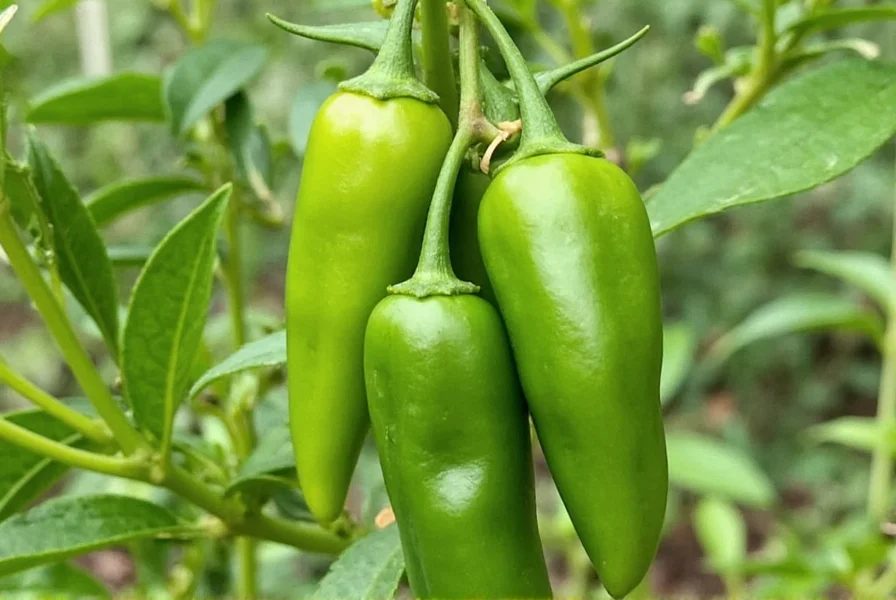
Table of Contents
- What Is Chiltepin Pepper?
- Heat Levels and Flavor Profile
- Uses in Cuisine
- How to Grow Your Own Chiltepin Peppers
- Buying Guide for Chiltepin Peppers
- Fun Facts About This Tiny Spice Powerhouse
- Frequently Asked Questions
- Why You Should Add It to Your Spice Rack
What Is Chiltepin Pepper?
This variety is often considered the ancestor of many modern domesticated chili peppers. Native to the southwestern United States, Mexico, and parts of Central America, it grows wild in arid climates and thrives under tough conditions. Unlike its cultivated cousins, Chiltepin has a rugged charm and bold personality that makes it a standout among spices.
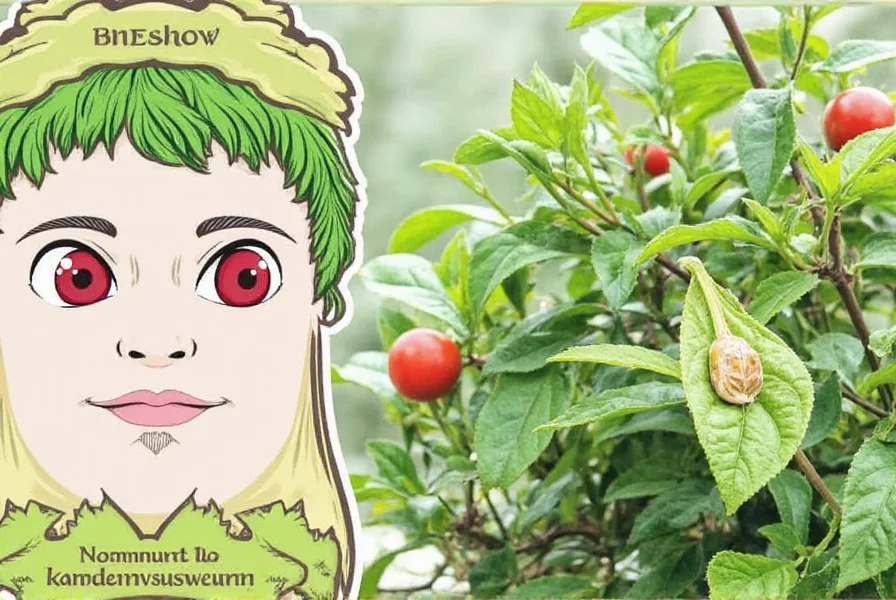
The Origin Story
Beyond being just another pepper, Chiltepin holds cultural significance across indigenous communities in Mexico and Arizona. It was traditionally used not only for culinary purposes but also for medicinal and ceremonial reasons. Talk about spice with soul!
Heat Levels and Flavor Profile
Don't let their size fool you — these tiny powerhouses pack a punch! Here's a quick comparison:
| Pepper Variety | Scoville Heat Units (SHU) | Flavor Notes |
|---|---|---|
| Jalapeño | 2,500 – 8,000 | Mild, grassy, slightly sweet |
| Tabasco | 30,000 – 50,000 | Vinegary, bold |
| Chiltepin | 50,000 – 100,000 | Earthy, citrusy, smoky |
| Habanero | 100,000 – 350,000 | Fruity, floral, fiery |
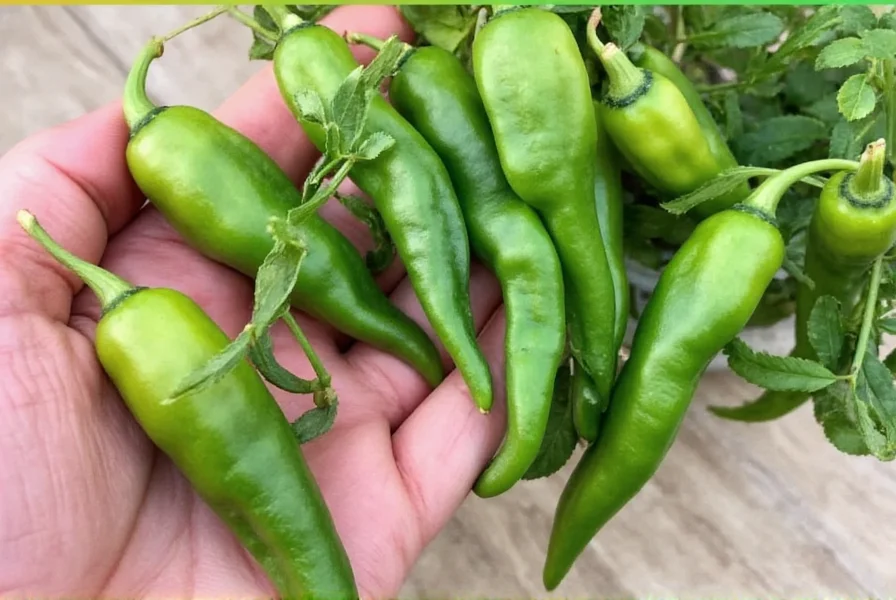
So What Does It Taste Like?
The flavor is complex — imagine a blend of earthiness, smokiness, and a hint of citrus zest, all wrapped up in a spicy explosion. It's not just heat; it's an experience.
Uses in Cuisine
From tacos to mole sauces, Chiltepin peppers add a dynamic layer of flavor and fire to any dish. Here are some popular uses:
- Tacos al Pastor: A dash of crushed Chiltepin adds depth and kick to marinated pork.
- Salsas: Blend them raw into salsas for a rustic, fiery edge.
- Dried & Ground: Used in spice blends and rubs for grilled meats.
- Oil Infusions: Create homemade chili oil for drizzling over soups or stir-fries.
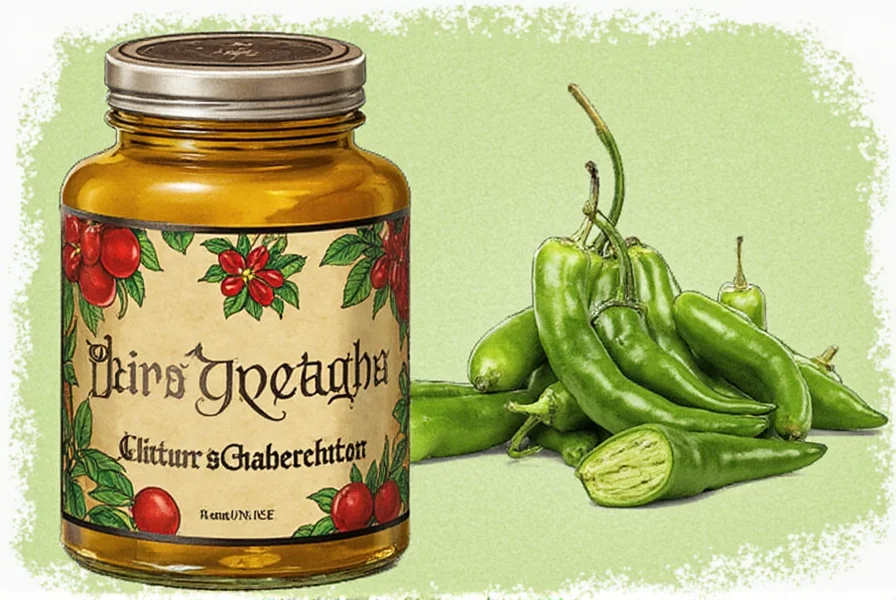
How to Grow Your Own Chiltepin Peppers
Growing Chiltepin peppers can be a rewarding adventure, especially if you're a gardening enthusiast or love experimenting with homegrown ingredients.
Quick Growing Tips
- Climate: Prefers warm, dry environments — perfect for USDA zones 8–11.
- Soil: Sandy or loamy soil with good drainage works best.
- Sunlight: Needs at least 6–8 hours of direct sun daily.
- Watering: Moderate watering; avoid waterlogging roots.
- Harvest Time: Fruits turn from green to red-orange when fully mature — pick with gloves!
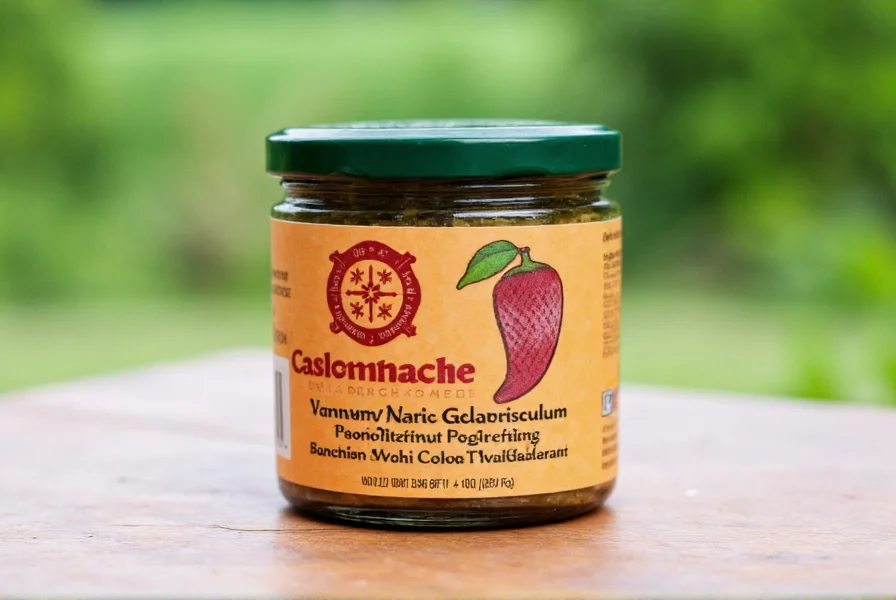
Buying Guide for Chiltepin Peppers
If growing your own isn't your thing, here's how to choose the best Chiltepin peppers and products made from them.
What to Look For When Buying Fresh Peppers
- Firmness: Avoid soft or wrinkled ones — they're past their prime.
- Color: Red peppers are usually hotter and more flavorful than green ones.
- Size: Smaller isn't always milder — Chiltepins are hot regardless of size!
Top Chiltepin Products to Try
| Product | Features | Best Use | Audience |
|---|---|---|---|
| Chiltepin Chili Oil | Hand-infused with wild peppers, rich aroma | Pasta, dumplings, roasted veggies | Home cooks looking for gourmet flair |
| Smoked Chiltepin Powder | Smoky finish with high heat level | Rubs, marinades, barbecue seasoning | Grill masters and BBQ lovers |
| Chiltepin Salt Blend | Sea salt mixed with dried pepper flakes | Finishing touch on grilled meats or fries | Chefs and foodies wanting bold flavors |
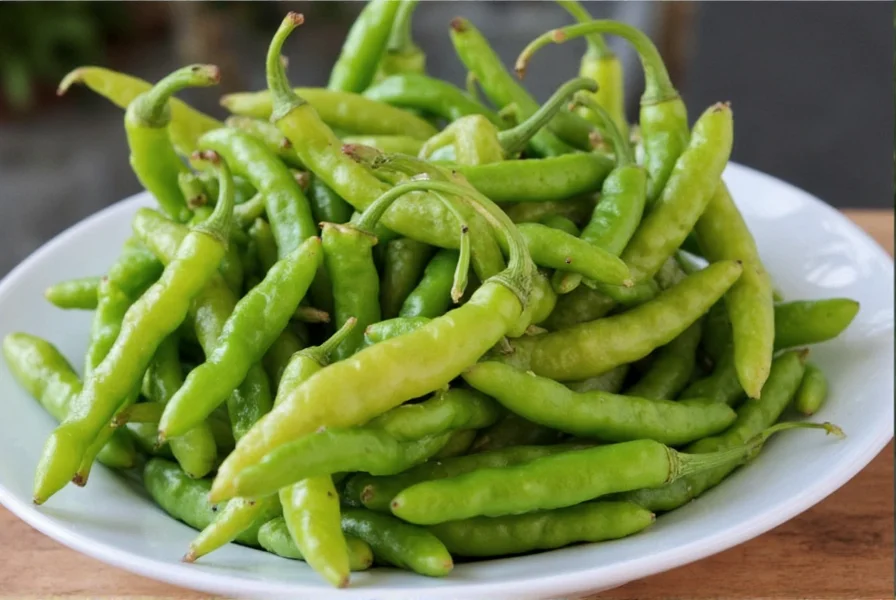
Fun Facts About This Tiny Spice Powerhouse
- It's the official state pepper of Texas — yes, really!
- Bees and birds help spread its seeds naturally — no farming required!
- Some varieties have been around for thousands of years.
- You can freeze whole Chiltepins without losing flavor — perfect for future use.
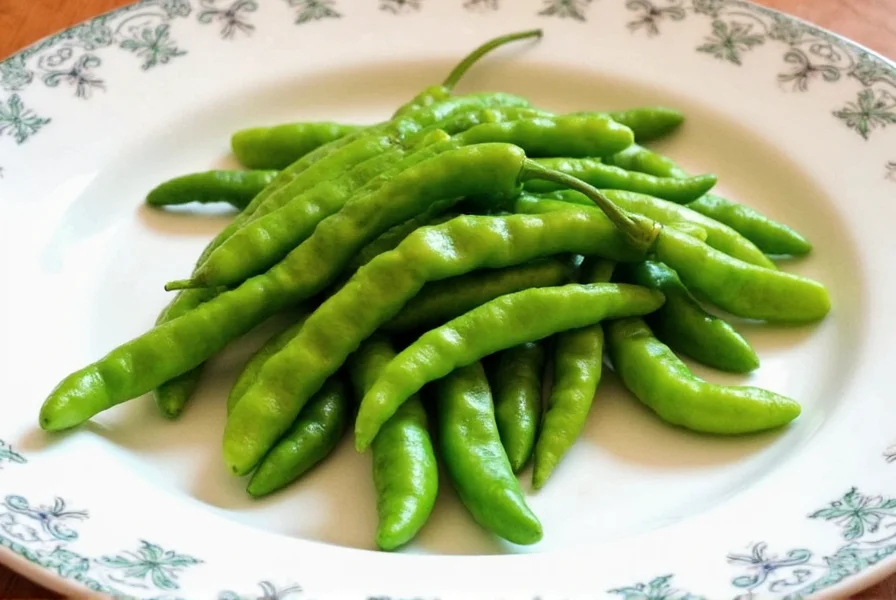
Frequently Asked Questions
What is Chiltepin pepper?
Chiltepin pepper (Capsicum annuum var glabriusculum), commonly known as Mexican Bird's Eye pepper, is a wild variety of chili pepper considered the ancestor of many modern domesticated chili peppers. It's native to the southwestern United States, Mexico, and parts of Central America. Unlike cultivated varieties, it grows naturally in the wild and has a more intense, complex flavor profile.
How hot is Chiltepin pepper compared to other peppers?
Chiltepin peppers range from 50,000 to 100,000 Scoville Heat Units (SHU), making them significantly hotter than jalapeños (2,500-8,000 SHU) and Tabasco peppers (30,000-50,000 SHU), but milder than habaneros (100,000-350,000 SHU). Their heat hits quickly but dissipates faster than many other hot peppers, leaving behind complex flavor notes rather than just burning sensation.
What are the three essential culinary uses for Chiltepin peppers that unlock their wild flavors?
The three most essential culinary applications that best showcase Chiltepin's unique profile are: 1) Fresh in salsas where their citrusy brightness complements tomatoes and onions, 2) As infused oils that capture their smoky-earthy essence for finishing dishes, and 3) In dried form as part of dry rubs for grilled meats where their heat enhances without overwhelming. These methods highlight different aspects of their complex flavor beyond just heat.
Can I grow Chiltepin pepper at home?
Yes! Chiltepin peppers can be successfully grown in containers or garden beds in USDA zones 8-11. They prefer warm, dry conditions similar to their natural habitat, with sandy or loamy well-draining soil and 6-8 hours of direct sunlight daily. While more resilient than domesticated varieties, they still benefit from consistent care. Start seeds indoors 8-10 weeks before last frost for best results.
How should I handle Chiltepin peppers safely given their heat level?
Always wear nitrile gloves when handling Chiltepin peppers as their capsaicin can cause significant skin irritation. Work in a well-ventilated area, avoid touching your face (especially eyes), and wash hands thoroughly with soapy water after handling. When cutting, remove seeds and membranes for milder heat while retaining flavor. Never use latex gloves as capsaicin can penetrate them.
What's the difference between wild and cultivated Chiltepin peppers?
Wild Chiltepin (C. annuum var glabriusculum) grows naturally without human intervention, typically producing smaller fruits with more intense, complex flavors and slightly higher heat (50,000-100,000 SHU). Cultivated varieties have been selectively bred for larger size, consistent heat levels, and easier harvesting, often resulting in slightly milder, more uniform flavor profiles. Wild varieties better represent the original genetic lineage of modern chili peppers.
Why You Should Add Chiltepin Pepper to Your Spice Rack
If you want to elevate your dishes beyond basic heat, Chiltepin pepper is your go-to spice. Whether you grow it yourself or buy processed versions, this wild pepper brings complexity, culture, and a serious kick to your kitchen.
Final Thoughts
Chiltepin peppers aren't just about heat — they tell a story of tradition, resilience, and flavor. If you haven't tried them yet, now's the time. Trust us: once you go wild, you'll never go back.
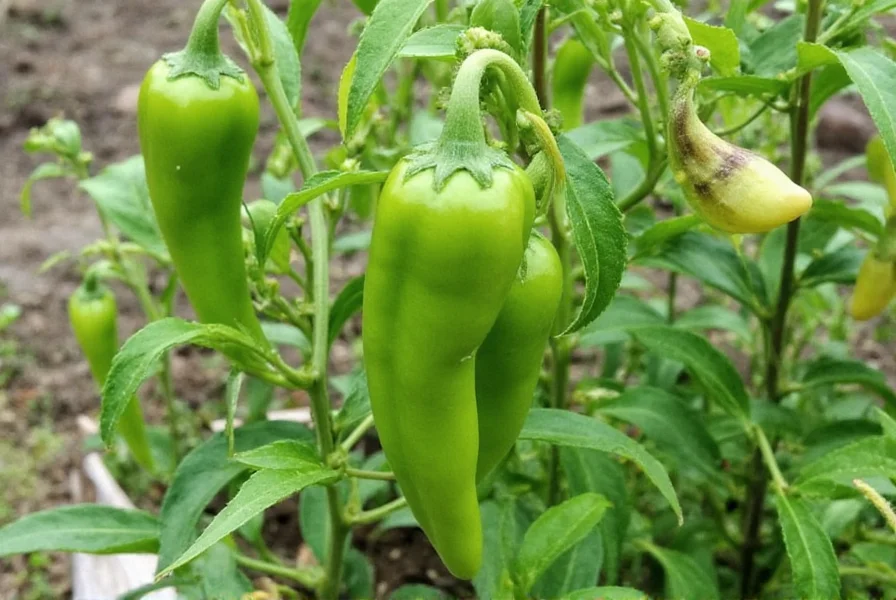
Ready to Spice Things Up?
Start small, taste often, and embrace the wild side of flavor with Chiltepin pepper today!

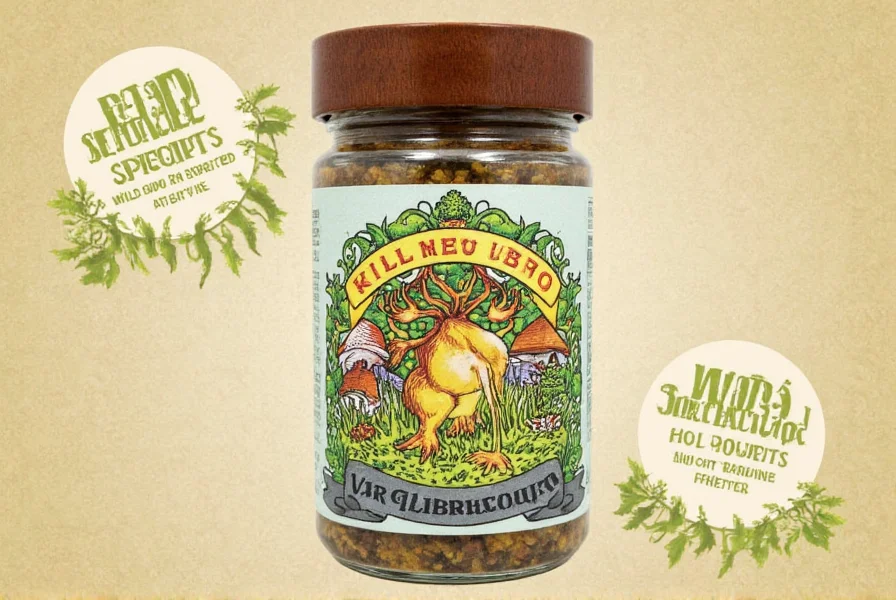









 浙公网安备
33010002000092号
浙公网安备
33010002000092号 浙B2-20120091-4
浙B2-20120091-4